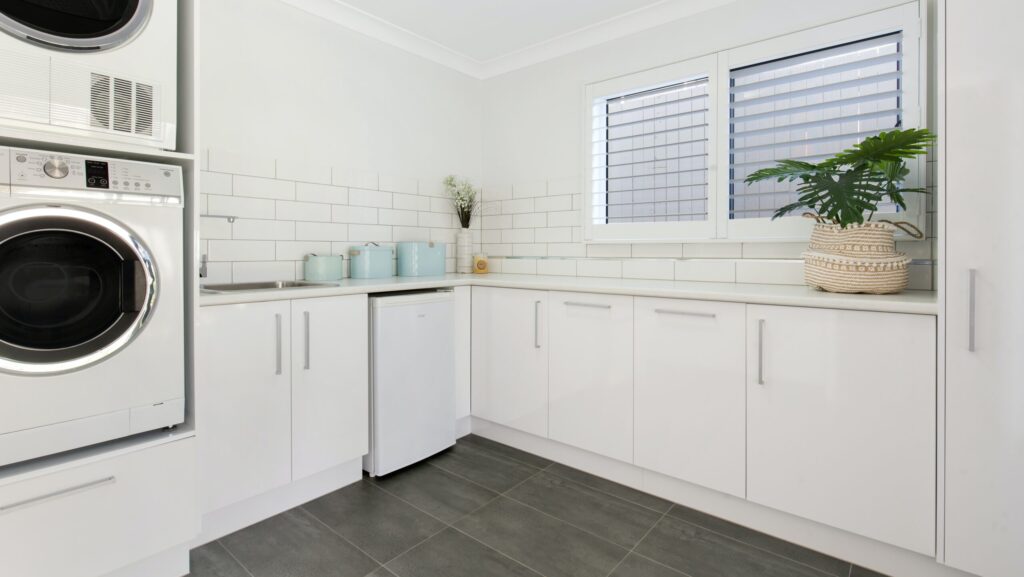As a landlord, it is crucial to distinguish between normal wear and tear and damages caused by residents.
What Is Normal Wear and Tear?
Normal wear and tear refers to the natural deterioration that occurs in a property over time due to regular use and the passage of time. Depreciation of furnishings and appliances is expected and cannot be fully attributed to the resident. Assigning such damages to the resident would be both unfair and unlawful. Landlords must take time-induced wear and tear into account before making any deductions from the security deposit.
Legally, landlords cannot withhold the resident’s security or damage deposit to cover repairs for normal wear and tear. However, costs incurred from damages that exceed normal wear and tear can be deducted from the deposit, as outlined below.
Examples of Normal Wear and Tear
Fading, peeling, or cracked paint
Slightly torn or faded wallpaper
Small chips in plaster
Nail holes, pinholes, or small cracks in the wall
Damage from lack of door stoppers (minor wall scuffs)
Doors sticking due to humidity
Cracked window panes caused by a settling foundation
Floors needing refinishing or varnish
Carpet faded or worn thin from foot traffic
Loose grouting or bathroom tiles
Worn or scratched enamel in older bathtubs, sinks, or toilets
Rust on shower rods
Partially clogged sinks from aging pipes
Dirty or faded lamps or window shades
Broken window blind strings
Malfunctioning retractable or pull-down blinds
Wear on locks, electrical outlets, and appliances (without negligence)
Loose toilet paper holders, towel bars, or toilet seats
Garage door spring failure
Gutter, roof, or siding wear
Moss in grass or patches of dead grass beyond the resident’s control
Moss on exterior walkways or decks
Natural fence and gate deterioration
Dirty exterior windows (unless tenant responsibility)
Examples of Resident Damage
Non-functional lightbulbs (excluding specialty bulbs)
Large holes in walls or plaster
Unauthorized drawings, crayon markings, or wallpaper
Severely damaged or ruined wallpaper
Gouged or chipped wood floors
Doors ripped off hinges
Broken or missing windows
Missing fixtures
Holes or stains in ceilings from removed fixtures
Burns, stains, or holes in carpets
Missing or cracked bathroom tiles
Chipped or broken enamel in bathtubs or sinks
Clogged or damaged toilets from misuse
Missing or bent shower rods
Torn, stained, or missing lamps or window shades
Missing items noted in the move-in inspection report






